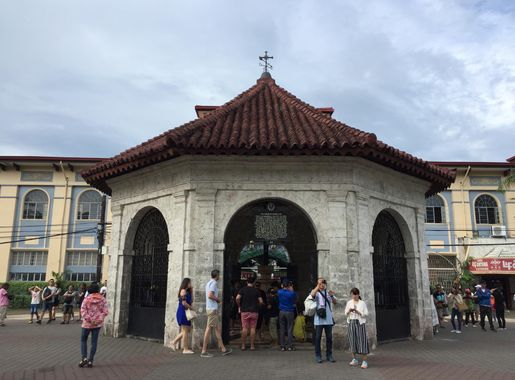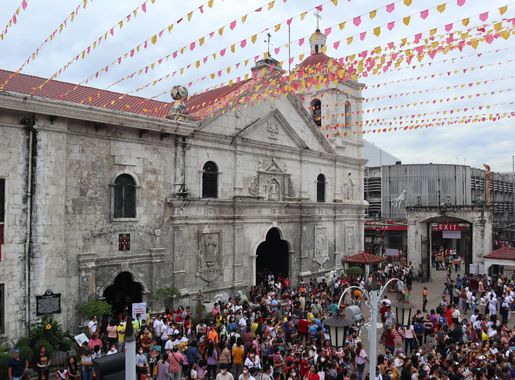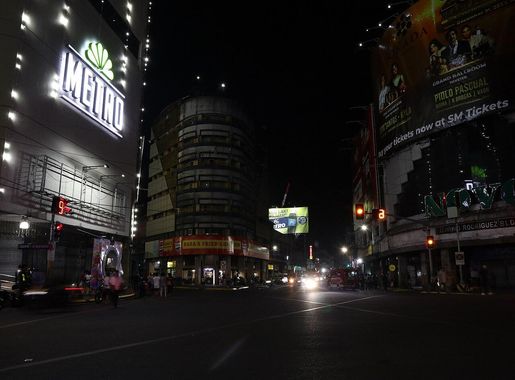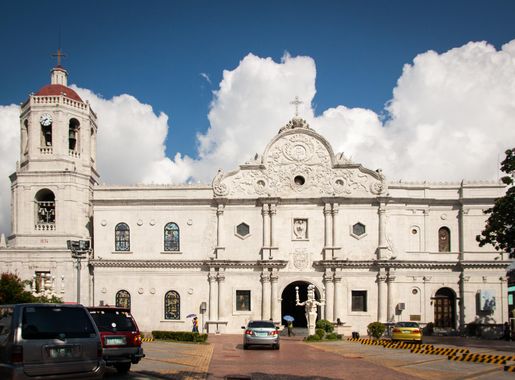
Vibrant Charm of Downtown Cebu City
Discover Downtown Cebu City: A dynamic blend of history, culture, and modernity, offering iconic landmarks, delicious cuisine, vibrant shopping, and lively nightlife.
Downtown Cebu City, the bustling heart of the Queen City of the South, is a dynamic blend of history, culture, and modernity. As you wander through its lively streets, you’ll encounter a mix of colonial-era architecture and contemporary buildings, reflecting the city’s rich heritage and rapid development. The area is a treasure trove of historical landmarks, including the iconic Magellan’s Cross, which dates back to the arrival of the Spanish explorers in the 16th century. A visit to the Basilica del Santo Niño, the oldest Roman Catholic church in the Philippines, offers a glimpse into the deep-rooted religious traditions of the locals. Downtown Cebu City is also a haven for food enthusiasts. From street food stalls to upscale restaurants, the neighborhood offers an array of culinary delights. Be sure to try the famous Cebuano lechon, a succulent roasted pig that Anthony Bourdain once dubbed the best he ever had. For a sweet treat, enjoy the local delicacy, dried mangoes, which make for a perfect snack or souvenir. Shopping in Downtown Cebu City is an exciting experience, with bustling markets like Carbon Market offering everything from fresh produce to handicrafts. Colon Street, the oldest street in the Philippines, is lined with various shops and boutiques where you can find unique items and great deals. The vibrant nightlife here is equally enticing, with numerous bars and entertainment venues where you can unwind and enjoy the local vibe.
Local tips in Downtown Cebu City
- Visit Magellan’s Cross early in the morning to avoid the crowds.
- Try the local street food but make sure it’s cooked fresh and served hot.
- Wear comfortable shoes as you’ll be doing a lot of walking around the busy streets.
- Carry small bills and coins for easier transactions in local markets.
- Respect local customs and dress modestly when visiting religious sites.
Vibrant Charm of Downtown Cebu City
Downtown Cebu City, the bustling heart of the Queen City of the South, is a dynamic blend of history, culture, and modernity. As you wander through its lively streets, you’ll encounter a mix of colonial-era architecture and contemporary buildings, reflecting the city’s rich heritage and rapid development. The area is a treasure trove of historical landmarks, including the iconic Magellan’s Cross, which dates back to the arrival of the Spanish explorers in the 16th century. A visit to the Basilica del Santo Niño, the oldest Roman Catholic church in the Philippines, offers a glimpse into the deep-rooted religious traditions of the locals. Downtown Cebu City is also a haven for food enthusiasts. From street food stalls to upscale restaurants, the neighborhood offers an array of culinary delights. Be sure to try the famous Cebuano lechon, a succulent roasted pig that Anthony Bourdain once dubbed the best he ever had. For a sweet treat, enjoy the local delicacy, dried mangoes, which make for a perfect snack or souvenir. Shopping in Downtown Cebu City is an exciting experience, with bustling markets like Carbon Market offering everything from fresh produce to handicrafts. Colon Street, the oldest street in the Philippines, is lined with various shops and boutiques where you can find unique items and great deals. The vibrant nightlife here is equally enticing, with numerous bars and entertainment venues where you can unwind and enjoy the local vibe.
Iconic landmarks you can’t miss
Fort San Pedro
Explore the rich history of the Philippines at Fort San Pedro, Cebu's iconic fortress and museum, showcasing colonial architecture and captivating exhibits.

Yap-San Diego Ancestral House
Discover the rich heritage of Cebu at the Yap-San Diego Ancestral House, a historical landmark showcasing the blend of Filipino and Chinese cultures.

Heritage of Cebu Monument
Explore the Heritage of Cebu Monument, a stunning historical landmark showcasing the rich cultural tapestry of Cebu City through intricate sculptures and narratives.
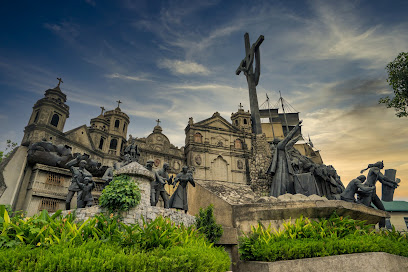
Colon Obelisk
Discover Cebu's rich heritage at the Colon Obelisk, a historical landmark that tells the story of the Philippines' colonial past and vibrant culture.
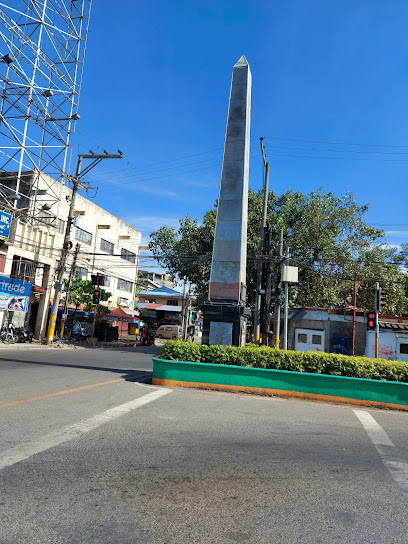
Antonio Pigafetta Monument
Explore the rich history of exploration at the Antonio Pigafetta Monument in Cebu City, a tribute to the famed Italian explorer and his journey around the globe.

Battle of Tres de Abril Marker
Explore the Battle of Tres de Abril Marker, a key historical site in Cebu City commemorating Filipino bravery during the Philippine Revolution.
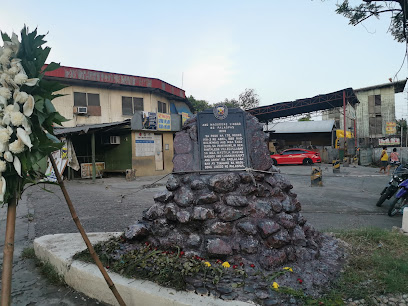
Andres Bonifacio Monument and Historical Marker
Explore the Andres Bonifacio Monument, a historic landmark in Cebu City honoring Filipino heroism and the fight for independence.
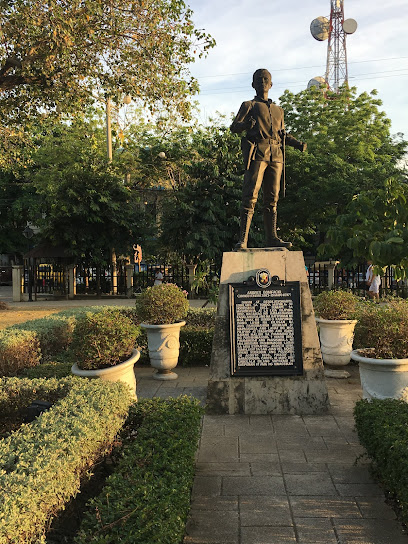
Downtown cebu city
Explore Downtown Cebu City, the vibrant center of culture and commerce in the Philippines, blending history, culinary delights, and local charm.
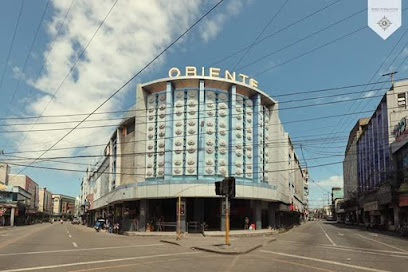
President Sergio Osmeña Monument
Explore the President Sergio Osmeña Monument, a symbol of leadership and history in Cebu City, reflecting the rich cultural heritage of the Philippines.
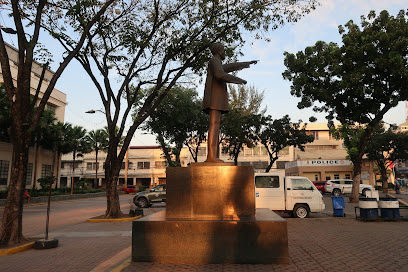
Cebu China Town
Experience the vibrant cultural heritage and culinary delights at Cebu China Town, a historical landmark in the heart of Cebu City.
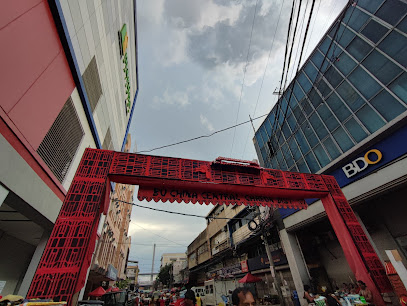
Unmissable attractions to see
Archdiocesan Museum of Cebu
Explore the Archdiocesan Museum of Cebu, a cultural treasure trove showcasing the rich religious history and artistry of the Philippines.
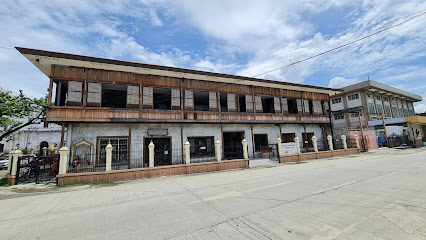
Halad Museum
Uncover the vibrant cultural heritage of Cebu at the Halad Museum, where history comes alive through engaging exhibits and local artistry.
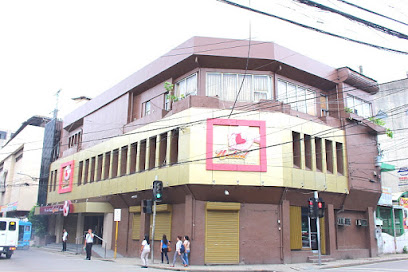
Colon Obelisk
Explore the Colon Obelisk, Cebu City's historical landmark that symbolizes the rich heritage and vibrant culture of the Philippines.
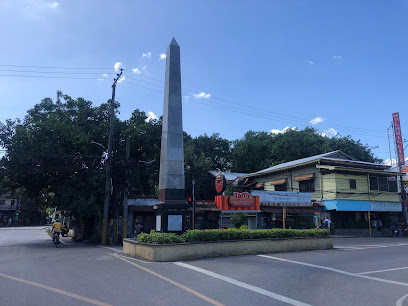
Sugbu Chinese Heritage Museum
Explore the rich tapestry of Chinese-Filipino culture at Sugbu Chinese Heritage Museum, a treasure trove of history in Cebu City.
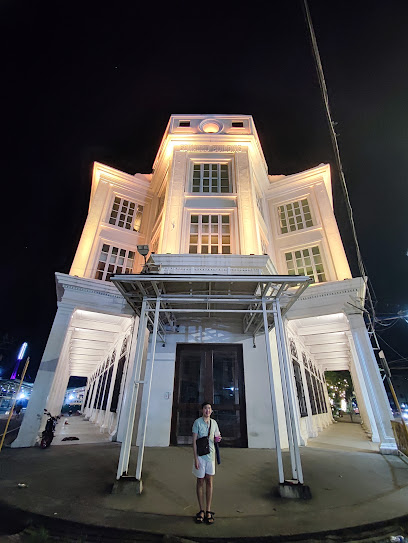
Essential places to dine
Casa Verde
Discover Casa Verde in Cebu City: where delightful American comfort food meets authentic Filipino flavors in a welcoming atmosphere.
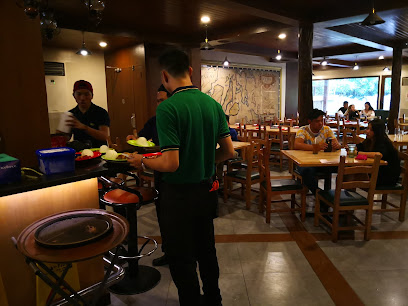
The Pig and Palm
Discover culinary artistry at The Pig and Palm in Cebu City - where local ingredients meet innovative cooking for an unforgettable dining experience.
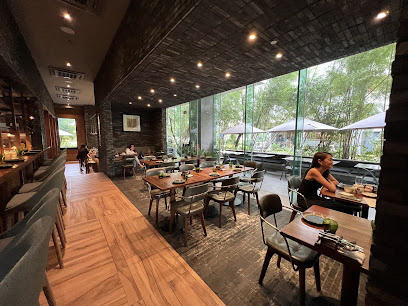
Lighthouse Restaurant
Experience exquisite dining at Lighthouse Restaurant in Cebu City - where stunning views meet delectable local flavors.
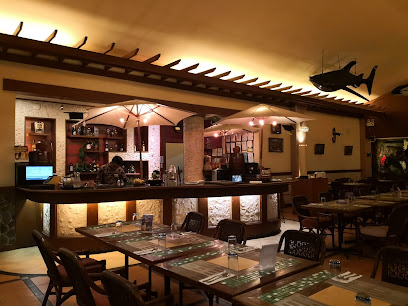
Clare Restaurant
Experience authentic Filipino cuisine at Clare Restaurant in Cebu City - where every dish tells a story.
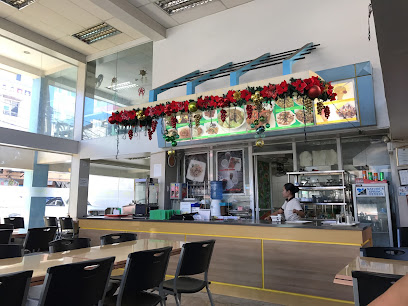
Tales and Feelings
Discover the unique flavors of Cebu City at Tales and Feelings - where every dish tells a story.
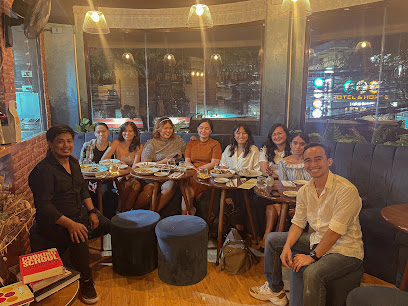
Snowsheen Restaurant
Experience authentic Filipino cuisine at Snowsheen Restaurant in Cebu City - where tradition meets taste.
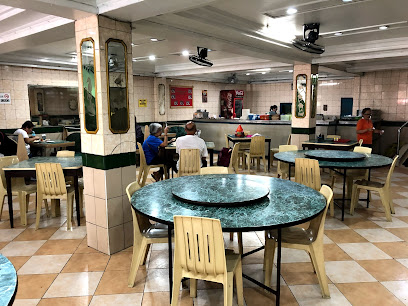
Uma Restaurant
Experience exquisite Filipino cuisine with stunning views at Uma Restaurant in Cebu City - a perfect blend of flavor and ambiance.
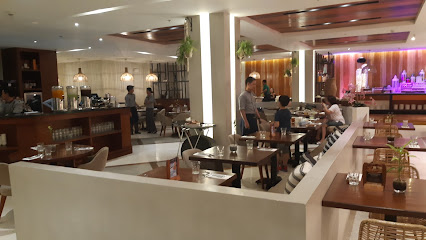
Angela's Food And Drinks
Discover authentic Filipino flavors at Angela's Food And Drinks – your go-to takeout spot in Cebu City.

Funtastika food delight
Experience the flavors of Asia at Funtastika Food Delight in Cebu City – where every dish tells a story!
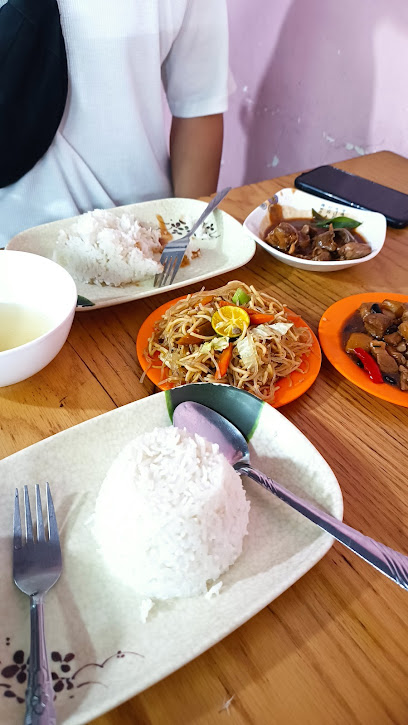
Takuyaki
Experience authentic Filipino cuisine at Takuyaki in Cebu City - where tradition meets flavor in every delightful dish.
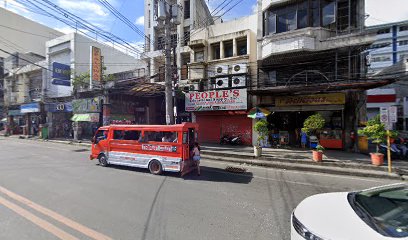
Markets, malls and hidden boutiques
Unitop - Cebu City
Discover Cebu City’s vibrant shopping hub at Unitop, where quality meets affordability in a delightful shopping experience.
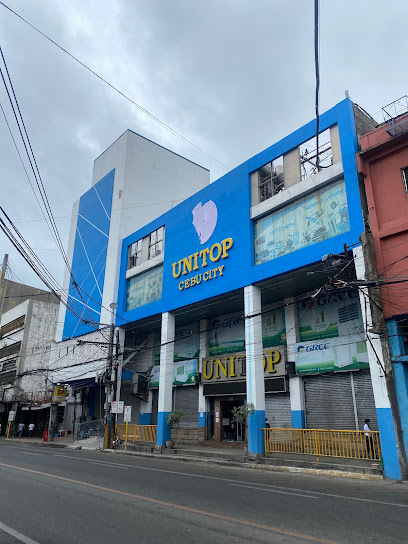
X&H Fashion Shop - Colon st. UC
Discover Cebu's vibrant fashion scene at X&H Fashion Shop, where trendy apparel meets local style in the heart of Colon Street.
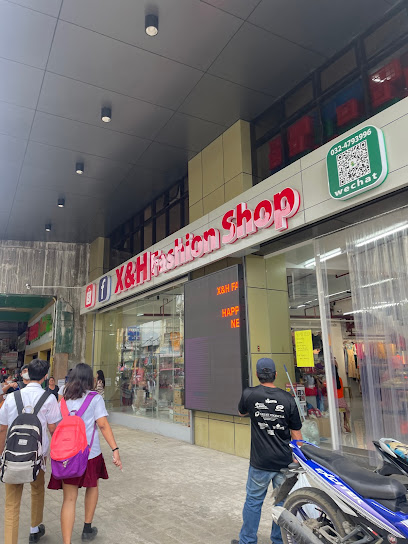
Merzci Cebu - Pasalubong
Discover the essence of Cebu at Merzci Cebu - Pasalubong, your go-to souvenir store for local delicacies and crafts.
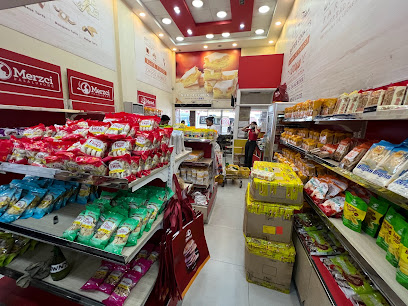
Cebu Fashion
Explore Cebu Fashion, your go-to destination for threads, yarns, and craft supplies in Cebu City, Philippines.

UNIQUE BEAUTY TRENDS 888 OPC
Explore the beauty of Cebu City at Unique Beauty Trends 888 OPC, your go-to store for quality cosmetics and local beauty products.
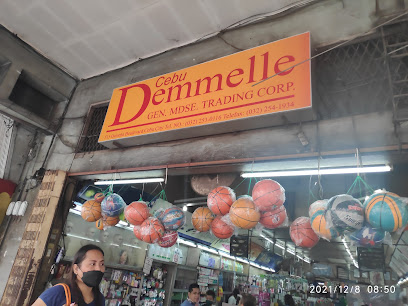
Mamarazzi
Explore Mamarazzi, Cebu City's premier fashion accessories store, where local craftsmanship meets contemporary style for the perfect shopping experience.
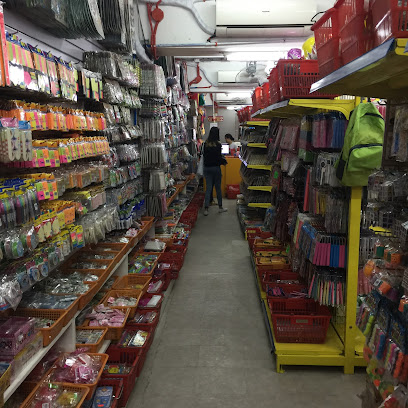
Best Buy Mart
Explore trendy fashion at Best Buy Mart, Cebu City's premier clothing store with affordable prices and a diverse selection to suit every style.
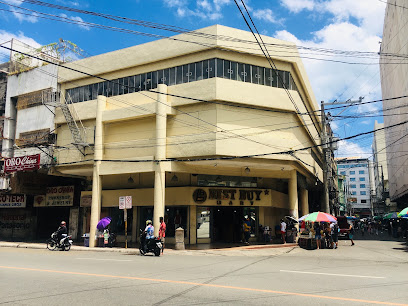
South Style Clothing Depot
Explore the vibrant fashion scene of Cebu at South Style Clothing Depot, where trendy apparel meets local flair in the heart of the city.
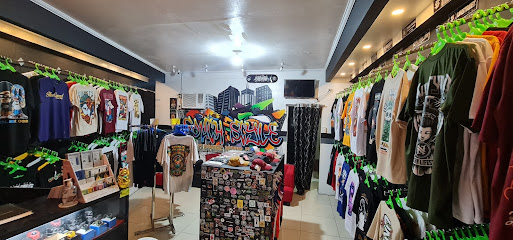
Small souvenir's shops
Explore Cebu City’s delightful small souvenir shops for unique gifts that embody the charm and culture of the Philippines.
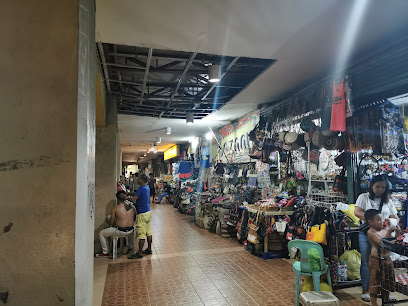
Welstand
Explore Cebu City's Welstand for unique vintage clothing that blends style with history, offering a sustainable shopping experience like no other.

Essential bars & hidden hideouts
Draft Punk Craft Cafe
Discover the lively Draft Punk Craft Cafe in Cebu City, where craft beers and local flavors create an unforgettable dining experience.
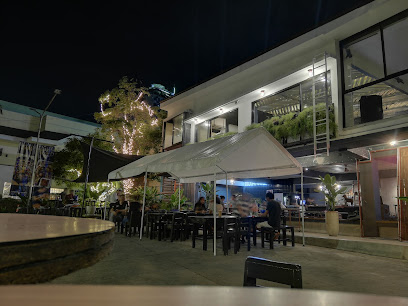
Bamboozers Bar
Experience Cebu's nightlife at Bamboozers Bar, where live music meets a vibrant atmosphere, perfect for late-night fun and socializing.
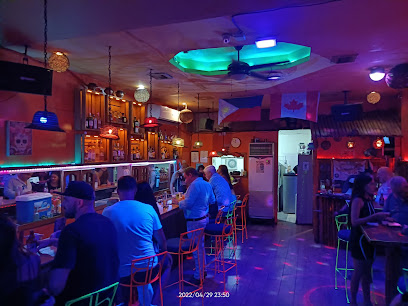
The Philly
Discover the vibrant flavors and nightlife at The Philly, Cebu City's premier grill and nightclub, perfect for an unforgettable evening.
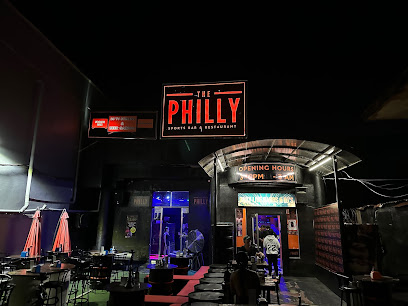
El Gecko Resto Bar
Experience the vibrant nightlife of Cebu City at El Gecko Resto Bar, where delicious local food and refreshing drinks await.
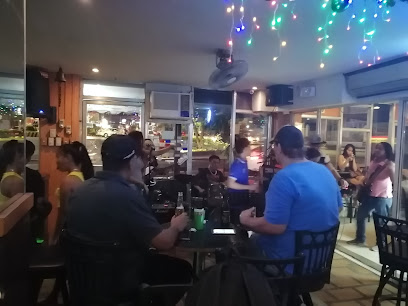
New Dark Planet Restobar
Experience the vibrant nightlife of Cebu City at New Dark Planet Restobar, where unique drinks and a lively atmosphere await you.
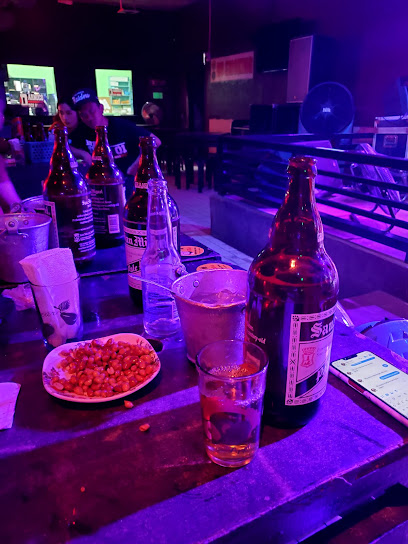
Baristar
Experience the vibrant nightlife at Baristar in Cebu City, where expertly crafted cocktails meet a lively atmosphere for an unforgettable evening.
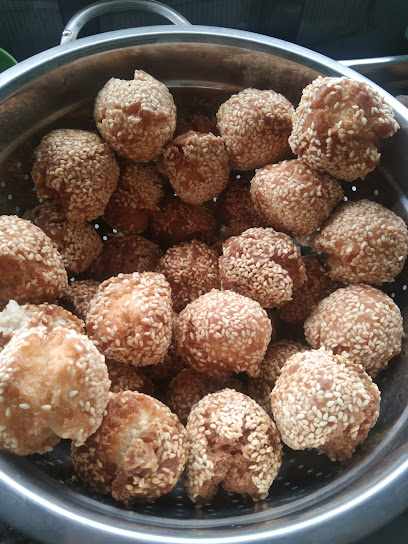
JSPOT CEBU FOOD AND BEVERAGE HOUSE
Discover JSPOT Cebu Food and Beverage House, where vibrant nightlife meets delicious local cuisine in a stunning rooftop setting.
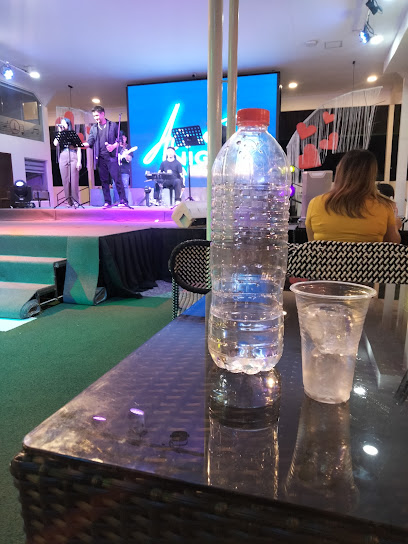
The Area Code
Experience the lively nightlife at The Area Code, Cebu City's must-visit bar for a taste of local drinks and vibrant atmosphere.
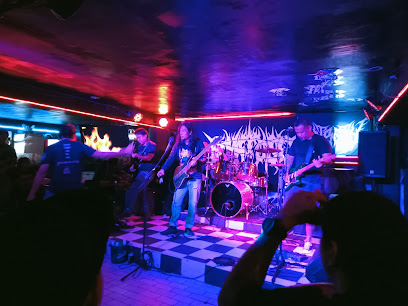
Enjoy Time Music Bar
Experience the lively atmosphere, live music, and delicious drinks at Enjoy Time Music Bar in Cebu City, a must-visit for nightlife enthusiasts.
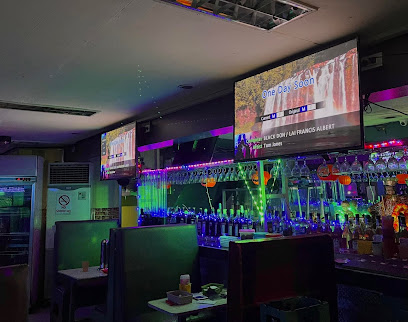
Lip Tint Music Lounge
Discover the vibrant nightlife of Cebu City at Lip Tint Music Lounge, a lively bar offering music, drinks, and local culture.

Local Phrases
-
- HelloKumusta
[koo-MOO-stah] - GoodbyePaalam
[pah-AH-lahm] - YesOo
[oh-oh] - NoDili
[dee-lee] - Please/You're welcomePalihug
[pah-lee-HOOG] - Thank youSalamat
[sah-lah-MAT] - Excuse me/SorryPasayloa ko
[pah-sigh-LOH-ah koh] - How are you?Kumusta ka?
[koo-MOO-stah kah?] - Fine. And you?Maayo. Ikaw?
[mah-YAH-oh. ee-KAHW?] - Do you speak English?Kahibaw ka mag-Iningles?
[kah-HEE-baw kah mahg-ih-NING-glehss?] - I don't understandDili ko kasabot
[dee-lee koh kah-sah-BOHT]
- HelloKumusta
-
- I'd like to see the menu, pleaseGusto ko makakita sa menu, palihug
[GOO-stoh koh mah-kah-KEE-tah sah MEH-noo, pah-lee-HOOG] - I don't eat meatDili ko kaon og karne
[dee-lee koh kah-OHN ohg KAHR-neh] - Cheers!Tagay!
[tah-GAHY] - I would like to pay, pleaseGusto ko mobayad, palihug
[GOO-stoh koh moh-bah-YAHD, pah-lee-HOOG]
- I'd like to see the menu, pleaseGusto ko makakita sa menu, palihug
-
- Help!Tabang!
[tah-BAHNG] - Go away!Lakaw!
[lah-KAHW] - Call the Police!Tawagi og pulis!
[tah-WAHG-ee ohg POO-leess] - Call a doctor!Tawagi og doctor!
[tah-WAHG-ee ohg DAHK-tohr] - I'm lostGubaan ko
[GOO-bahn koh] - I'm illSakit ko
[sah-KEET koh]
- Help!Tabang!
-
- I'd like to buy...Gusto ko mopalit...
[GOO-stoh koh moh-PAH-leet] - I'm just lookingNagtan-aw ra ko
[nahg-tahn-OW rah koh] - How much is it?Tagpila ni?
[tahg-PEE-lah nee?] - That's too expensiveBarato kaayo
[bah-RAH-toh kah-AH-yoh] - Can you lower the price?Pwede ba ka magpaubos sa presyo?
[PWEH-deh bah kah mahg-pah-OO-bohs sah PREH-syoh?]
- I'd like to buy...Gusto ko mopalit...
-
- What time is it?Pila na ang oras?
[PEE-lah nah ahng oh-RAHS?] - It's one o'clockAlas uno na
[AH-lahs oo-NOH nah] - Half past (10)Alas napulo ug tunga
[AH-lahs nah-POO-looh oog TOONG-gah] - MorningBuntag
[BOON-tahg] - AfternoonHapon
[HAH-pohn] - EveningGabii
[gah-BEE] - YesterdayKahapon
[kah-HAH-pohn] - TodayKaron
[KAH-rohn] - TomorrowUgma
[oog-MAH] - 1Usa
[OO-sah] - 2Duha
[DOO-hah] - 3Tulo
[TOO-loh] - 4Upat
[OO-paht] - 5Lima
[LEE-mah] - 6Unom
[OO-nom] - 7Pito
[PEE-toh] - 8Walo
[WAH-loh] - 9Siyam
[SEE-yahm] - 10Napulo
[nah-POO-loh]
- What time is it?Pila na ang oras?
-
- Where's a/the...?Asa ang...?
[AH-sah ahng] - What's the address?Unsa ang address?
[OON-sah ahng ah-DREHSS?] - Can you show me (on the map)?Pwede ka magpakita nako (sa mapa)?
[PWEH-deh kah mahg-pah-KEE-tah NAH-koh sah MAH-pah?] - When's the next (bus)?Kanus-a ang sunod (bus)?
[kah-NOO-sah ahng SOO-nohd (booss)?] - A ticket (to ....)Bilhete (paingon sa...)
[beel-HEH-teh (pah-EENG-ohn sah)]
- Where's a/the...?Asa ang...?
History of Downtown Cebu City
-
In 1521, Ferdinand Magellan arrived in Cebu, marking the beginning of Spanish colonization in the Philippines. His arrival in what is now Downtown Cebu City initiated significant cultural exchanges and the introduction of Christianity, which profoundly influenced the region's history and identity.
-
Downtown Cebu served as the first Spanish settlement in the Philippines, with the establishment of San Pedro Fort in 1565. This fortification was vital for protecting Spanish interests and trade routes, making Cebu a key location in the Spanish Empire's Asian territories.
-
The Sinulog Festival, celebrated annually in Downtown Cebu City, commemorates the Filipino's conversion to Christianity and honors the Santo Niño (Holy Child). This vibrant festival, which includes street dancing and religious processions, reflects the deep-rooted Catholic faith and the cultural identity of Cebuanos.
-
During World War II, Downtown Cebu was occupied by Japanese forces, leading to significant destruction. The post-war reconstruction of Cebu City included rebuilding efforts that shaped its modern landscape, with new infrastructures like roads and public buildings emerging in the downtown area.
-
From the late 20th century to the present, Downtown Cebu City has experienced rapid urbanization and economic growth. The area has become a commercial hub, reflecting the city's transition from a colonial outpost to a bustling metropolis, while still preserving historical landmarks that speak to its rich heritage.
Downtown Cebu City Essentials
-
Downtown Cebu City is easily accessible from various parts of the city. From Mactan-Cebu International Airport, you can take a taxi or a ride-sharing service which takes approximately 30-45 minutes depending on traffic. Jeepneys, the local mode of transportation, also operate from the airport to Downtown Cebu. If traveling from other neighborhoods like IT Park or Ayala Center Cebu, jeepneys and taxis are readily available.
-
Downtown Cebu City is well-served by public transportation. Jeepneys are the most popular choice, connecting various parts of the city and often displaying their routes on the front window. Taxis and ride-sharing apps like Grab are also widely used for more convenience. For a unique experience, consider renting a bicycle; several bike rental shops are available. However, be cautious as traffic can be heavy, and many roads do not have dedicated bike lanes.
-
While Downtown Cebu City is generally safe for tourists, it is important to remain vigilant. Areas like Carbon Market and certain stretches near the waterfront may have higher crime rates, particularly petty theft and scams targeting tourists. Avoid displaying valuables and be cautious when using your phone in crowded areas. It's advisable to travel in groups, particularly at night.
-
In case of emergencies, dial 911 for police, fire, or medical assistance. Hospitals such as Cebu Doctors' University Hospital and Chong Hua Hospital are located within Downtown Cebu. It’s advisable to have travel insurance that covers emergency medical situations. For minor health issues, pharmacies are widely available for over-the-counter medications.
-
Fashion: Do dress modestly, especially when visiting religious sites. Avoid beachwear outside of beach areas. Religion: Do respect local customs and traditions; be mindful of dress codes in churches. Public Transport: Do offer your seat to the elderly and pregnant women. Don't eat or drink on public transport. Greetings: Do greet locals with a smile and a friendly hello. Don’t initiate physical contact unless you know the person well. Eating & Drinking: Do try local dishes like lechon and sinigang, and accept food offerings. Don’t waste food, as it is considered disrespectful.
-
To experience Downtown Cebu like a local, visit the bustling Carbon Market for fresh produce and local delicacies. Engage with vendors to learn about traditional Cebuano dishes. Try to attend local festivals, such as the Sinulog Festival, for a taste of the local culture. Use public transportation to explore the neighborhood and ask locals for recommendations on hidden gems, such as small eateries or less-known attractions. Enjoy a walk along Colon Street, the oldest street in the Philippines, to soak in the city’s historical essence.
Nearby Cities to Downtown Cebu City
-
Things To Do in Bohol
-
Things To Do in Camiguin
-
Things To Do in Cagayan de Oro
-
Things To Do in Siargao
-
Things To Do in Boracay
-
Things To Do in Legazpi
-
Things To Do in Davao City
-
Things To Do in Zamboanga City
-
Things To Do in Tagaytay
-
Things To Do in Puerto Princesa
-
Things To Do in Manila
-
Things To Do in Palawan
-
Things To Do in Angeles City
-
Things To Do in Subic
-
Things To Do in Baguio

